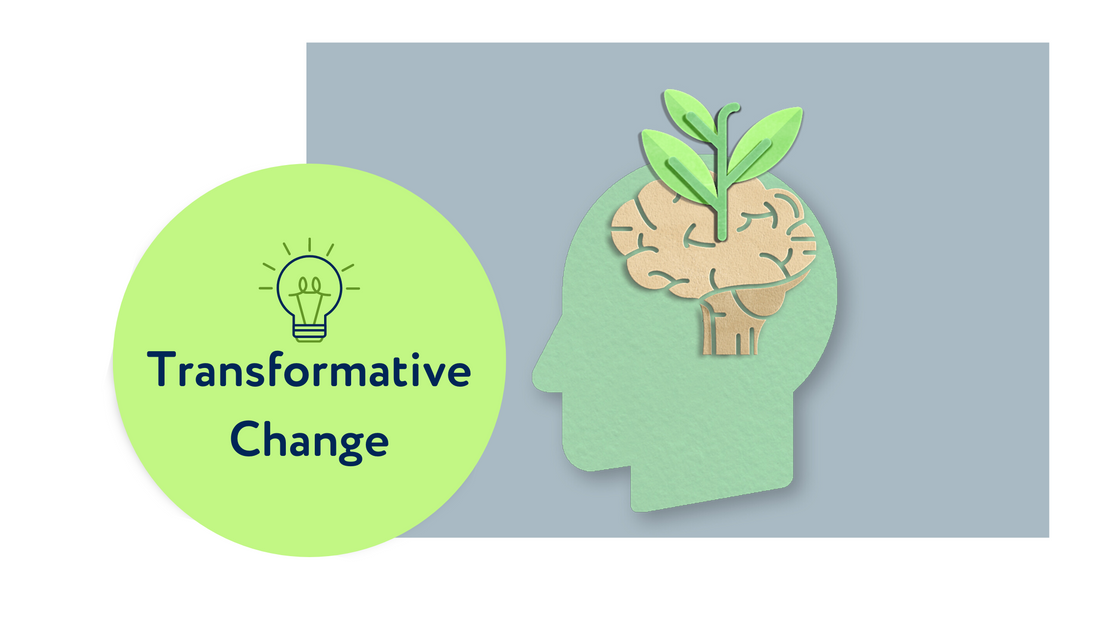
Getting past the 'same old': transformative change in NZ schools
Alex MacCreadieA lot has been made about the way different schools have responded throughout the pandemic and ever-changing environment. Things aren’t returning to normal. To respond to these challenges, schools will need to embark on transformative change.
What is transformative change and what leads us to it?
Transformative change occurs when current processes are no longer fit for purpose and can't be adapted. This is where systems need to change in response to the environment.
I would argue that since Covid hit, most schools have not been working on transformative change. Difficulties are therefore compounding. Many principals cite 2022 as their toughest year yet. This is acknowledged by the Ministry of Education with their recognition credits and reduction in requirements for University Entrance and NCEA on students.
Schools simply haven’t been able to function as they were before the pandemic. Staff and student attendance is hugely variable, with more than half of school students failing to attend regularly. Learning and learners are suffering. Issues of equity are highlighted when a system is under pressure and this adds to the declining student outcomes currently being experienced.
How do we get to a point of transformative change?
To embark on transformative change is a brave and necessary thing to do. As a time-stretched school leader, it is easy to get into habits that involve 'thinking about and responding to problems'. However, being reactionary can restrict creativity and potential for change.
Cynefin is welsh for habitat. What kind of habitat do you want to create in your school?
Transformative change starts with identifying current problems, and thinking ahead. The Cynefin framework (Snowden) is designed to be useful for change-supportive decision making. It categorises four situations in which decisions are often made: complex, chaotic, complicated and obvious. In concentrating on the problem's features, it helps present different solutions.

D.J. Snowden, Cynefin Framework: Snowden - Own Work, CC BY 3.0
This model places the problem at the centre. It will be either ordered (complicated or obvious) or un-ordered (complex or chaotic).
Ordered problems:
- involve a relationship between cause and effect
- will be either obvious: where solutions are best-practice, well known and repeatable;
- or complicated: where solutions require expert judgement and good practice emerges.
In most schools, this is where everyone is comfortable. Students turn up and teachers will have organised a series of lessons, conversations, and examples for students to participate in a classroom setting. Learning is assumed. Assessments are time-bound and completed by everyone at the same time. This is the pre-Covid world.
Un-ordered problems:
- are where the relationship between the cause and effect of the problem is either complex – where patterns can only be seen after the event and the problem is not easily repeatable;
- or chaotic where no relationship is apparent.
Some would say this is the post-Covid world. Schools have been operating in this chaotic environment for some time. I would argue that we need to get beyond the chaos. We are three years into the pandemic, things are becoming more known and predictable. It's the new normal.
Let’s look at some things we know:
- the pandemic will continue
- long absences either due to isolation requirements or sickness will continue to disrupt learning
- it will be worse in winter than summer
- outside factors such as supply issues and inflation will affect the wellbeing of both teachers and students and this will spill into school
- school events and extra curricular activities from which school culture is created and maintained will continue to be affected — and this also affects staff and student wellbeing
- schools will need to be more flexible with hand in dates and assessment.
Given this is the case then I think we can look at transformative change in a new light. We can't let chaos guide us or keep us from a better plan.
The current environment schools are operating in is complex and changing, but we can see patterns in hindsight. When you are in this space, effective operating models are no longer about 'same old'. You need to be pilot and evaluator. School leaders will need to try some stuff. It's time to create a new cynefin: a new, intentional habitat for your teachers, learners and school community.
But how?
To try some stuff you need to be in a different headspace, with no more reactionary decisions. This is a creative space, one where values and principles guide decision making.
If education is a bit transactional at your school, then get examining:
- What are the established central values of your school? Do they still hold true?
- What principles guide decision making? Is there scope for creativity?
This is called sense making (informed by the Cynefin Framework) and won’t happen naturally. Guided sessions with staff will help to get them on board. You have to give staff permission to reimagine, question the why and outcome of behaviours, systems and processes that are currently not serving them well. This is the key to transformative change: put the wings on the plane as you are flying it.
School cultures will be more successful when oriented to what humans learn, not what they do. Those that simply define a new set of transactional rules will not experience the same success.
Are you ready to try some stuff? Do you want to see how blended learning can help your school provide flexible options for learning and solutions for time-stretched staff? Contact us today.